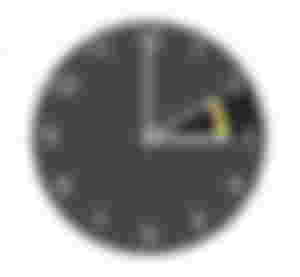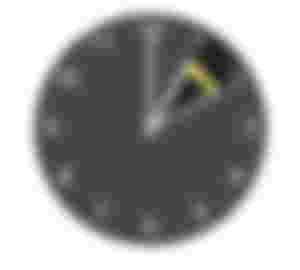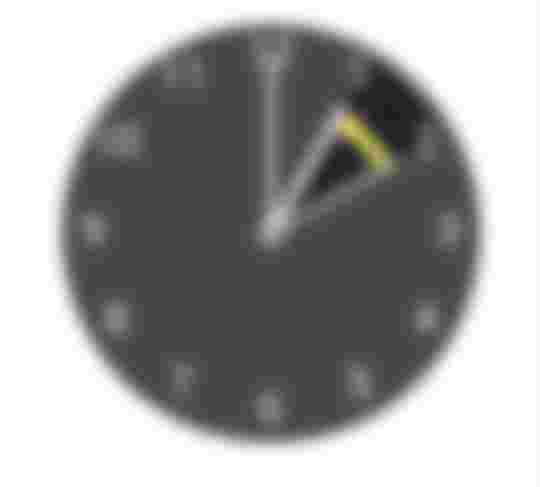What is DST?
means DAYLIGHT SAVING TIME
Is the act of setting the tickers forward one hour from standard time throughout the late spring months, and back again in the fall, so as to utilize characteristic light.
When does DST Start and End?
Daylight Saving Time (DST) in the vast majority of the United States begins the second Sunday in March and it finishes on the first Sunday in November.
On March 8,2020- Daylight Saving Time Started

At the point when nearby standard time was going to reach
Sunday, March 8, 2020, 2:00:00 am tickers were turned forward 1 hour to
Sunday, March 8, 2020, 3:00:00 am nearby light time all things considered.
Dawn and nightfall were around 1 hour later on March 8, 2020 than the day preceding.
There was more light at night.
Additionally it is called Spring Forward, Summer Time, and Daylight Savings Time.
Tomorrow, November 1, 2020- Daylight Saving Time Ends
At the point when neighborhood sunlight time is going to reach
Sunday, November 1, 2020, 2:00:00 am timekeepers are turned in reverse 1 hour to
Sunday, November 1, 2020, 1:00:00 am neighborhood standard time all things considered.

Dawn and nightfall will be around 1 hour sooner on November 1, 2020 than the day preceding.
There will be more light toward the beginning of the day.
Additionally it is called Fall Back and Winter Time.
Which States in U.S.A use Daylight Saving Time 2020?
There are 51 States in the US, 49 where all watch Daylight Saving Time, 1 which doesn't watch Daylight Saving Time and 1 with parts on Daylight Saving Time.
Which States don't use DST?
Most of Arizona and Hawaii don't use DST.
DST History in United States
United States originally watched Daylight Saving Time in 1918.
United States has watched DST for a very long time somewhere in the range of 1918 and 2020 (DST in at any rate one area).
Pros & Cons of Daylight Saving Time
PROS
Longer Evenings
Setting the checks forward one hour in spring doesn't make more light, however it changes the time (on the clock) the sun rises and sets.
In this way, when we spring forward an hour in spring, we add one hour of common sunshine to our evening plan.
Less Artificial Light
Lighter = Safer
Wellbeing is one of the more strong contentions for keeping the lighter nights of DST.
CONS
Doesn't Save Energy
Can Make People Sick
Changing the time, regardless of whether it is simply by 60 minutes, disturbs our boby timekeepers or circadian mood.
For a great many people, the subsequent sleepiness is just a bother
For a few, be that as it may, the time change can have more geniune results to their wellbeing
Costs Money

